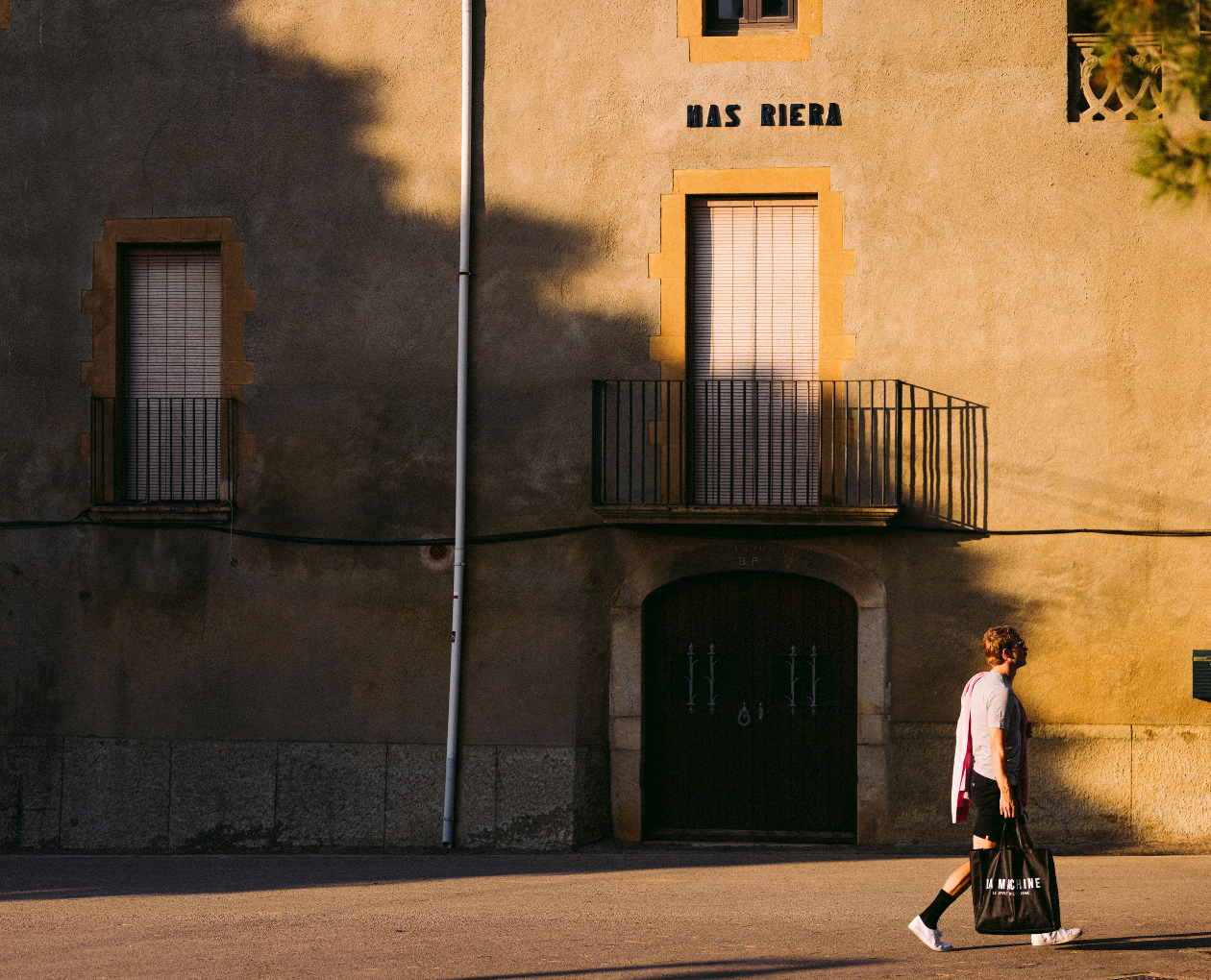
Country

Born from Cycling Culture
Made for the Moments After the Ride

“The ascension of Mont Ventoux requires seven hours by car, six hours by foot and three and a half for a trained cyclist. The vertiginous descent, freewheeled, on the stoney slopes at 12% is a dangerous acrobacy. I burnt two brakes and a pair of wooden rims. Amateurs beware.“
Those were the words of Adrien Benoît, the first recorded cyclist to ride up the ‘Beast of Provence’.
Mont Ventoux is a mountain in the Provence region of southern France, located some 20 km northeast of Carpentras, Vaucluse. Mont Ventoux is older than the Alps and at 1,912m, is the highest mountain in the region. It has been nicknamed the ‘Beast of Provence’, the ‘Giant of Provence’ and ‘the Bald Mountain’ on account of the white summit, the result of geology and limestone. Venteux means windy in French and the mountain certainly lives up to it’s name. The mistral can cause extreme conditions at the summit, with wind speeds recorded as high as 320 km/h (200 mph).
Mont Ventoux has become legendary as the scene of one of the most gruelling climbs in the Tour de France, which has ascended the mountain fifteen times since 1951. The race has finished at the summit of Mont Ventoux ten times. The Tour mostly passes through Bédoin. This is the most famous and difficult ascent. The road to the summit has an average gradient of 7.43%. Until Saint-Estève, the climb is easy: 3.9% over 5.8 km, but the 16 remaining kilometres have an average gradient of 8.9%. To serve as a comparison the climb of L’Alpe d’Huez is about 13.8 km at an average gradient of 7.9%. There are two other routes: northwest from Malaucène (over 21.5 km). Although equal in difficulty as the Bédoin ascent, it has better shelter against the notorious wind.
The easiest route, with an average gradient is 4.4% is east from Sault. At over 26 km the climb joins the Bédoin ascent after Chalet Reynard.
French post-structural philosopher Roland Barthes wrote about the mountain and the Tour de France in his 1957 book ‘Mythologies’, saying Ventoux is a “god of evil to which sacrifices must be made”.
In the 1967 Tour, British rider, Tom Simpson, paid the ultimate sacrifice with his life, collapsing short of the summit. There remains a fitting tribute to ‘Major Simpson’ just 1km from the summit on the Bedoin side. It’s not just the ascent that should be feared. As Adrien Benoit describes, the descent can be ludicrously quick. In the same 1967 Tour which took the life of Simpson, defending champion Lucien Aimar was clocked by a police motorbike rider as having reached 140kmh on the way down to Malaucène.
Unsurprisingly, Ventoux’s fame as the scene of great Tour dramas has made it a magnet for cyclists around the world. Every year there are amateur races to climb the mountain as quickly and often as possible in 24 hours, the Ventoux master series. The ride takes 1h 30m – 2h 30m for trained amateur riders. Professional riders take 1h – 1h 15 min. The fastest time so far recorded has been that of Iban Mayo in the individual climbing time trial of the 2004 Dauphiné Libéré: 55′ 51″. The time was measured from Bédoin for the first time in the 1958 Tour de France, in which Charly Gaul was the fastest at 1h 2’ 9”.
For the real madmen amongst you, there is always the challenge of climbing the 3 routes of Ventoux within 24 hours to secure membership of the Club des cingle du Mont Ventoux. Even more rarefied company can be sought by adding a fourth route, via a forest road or climb the three routes twice (6 ascents) in 24 hours. However, the title of the ‘maddest of the madmen’ goes to Jean-Pascal Roux, who, on 16 May 2006, broke the record of climbs in 24 hours, with eleven climbs, all of them from Bédoin.
Read more

Everyone is fighting for space, everyone is fighting for a wheel. Forget any notions of solidarity. This is elbows-out war. This is the last kilometer. This is the Flamme Rouge.

The Tour of Flanders (also known as De Ronde, “The Tour”), is held in Belgium every spring. It’s the most important cycling race in Flanders, and one of the five monuments of cycling.
Leave a comment
This site is protected by hCaptcha and the hCaptcha Privacy Policy and Terms of Service apply.